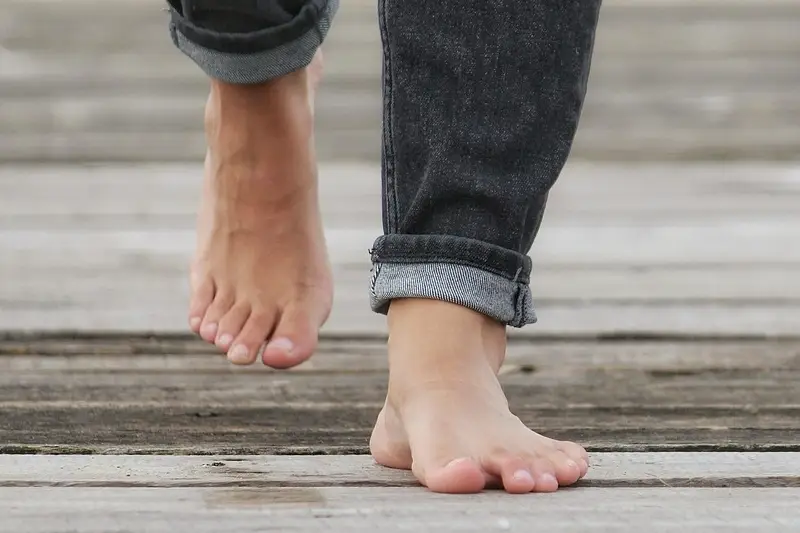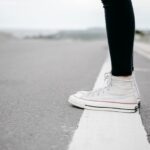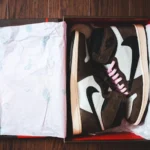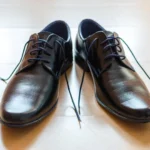Introduction
Whether you’re an avid runner, a casual hiker, or someone who simply wants to improve their foot health, minimalist shoes can offer a range of benefits.
In this comprehensive guide, I’ll cover everything from the history of minimalist footwear to the key features to look for when shopping for a pair.
So, grab your favorite pair of kicks and let’s dive in!
What are minimalist shoes?
Minimalist shoes, also known as barefoot shoes, are footwear designed to closely mimic the feel of walking or running barefoot.
These shoes typically have a thin, flexible sole that allows your foot to move naturally and provides little to no cushioning or support.
The idea behind these types of shoes is to promote a more natural foot strike and gait, which can help strengthen the muscles in your feet and lower legs.
History
The concept of minimalist shoes can be traced back to the barefoot running movement that gained popularity in the early 2000s.
Runners and shoe manufacturers began to question the traditional heavily cushioned, supportive running shoes. Then started exploring the idea of running barefoot or in minimal footwear.
This movement was inspired by the book “Born to Run” by Christopher McDougall, which highlighted the running prowess of the Tarahumara Indians in Mexico who ran long distances in thin sandals.
As interest in barefoot running grew, shoe companies started developing minimalist shoes that provided some protection for the foot while still allowing for a more natural running experience.
Brands like Vibram FiveFingers and Merrell were among the first to bring barefoot shoes to the market, offering runners a new way to experience the joy of running.
Benefits
There are several benefits to wearing minimalist shoes, including:
- Improved foot strength: It encourages the use of foot muscles that may not be activated in traditional shoes. This can lead to stronger feet and lower legs.
- Better balance and proprioception: With less material between your foot and the ground, this can help improve your balance and body awareness.
- Natural gait: They promote a more natural gait by allowing your foot to move as it would barefoot, reducing the risk of unnatural biomechanics.
- Reduced impact: Some barefoot shoes have been shown to reduce impact forces on the body. This can be beneficial for those prone to injuries.
- Increased sensory feedback: By having direct contact with the ground, minimalist shoes provide more sensory feedback, helping you adjust your stride and foot placement.
Key features
When shopping for minimalist shoes, there are a few key features to look out for:
- Thin sole: They should have a thin sole that allows for maximum flexibility and ground feel.
- Zero drop: Look for shoes with zero heel-to-toe drop, meaning the sole is flat from heel to toe, promoting a more natural foot position.
- Wide toe box: A wide toe box allows your toes to splay naturally, providing stability and balance.
- Minimal cushioning: Minimalist shoes should have little to no cushioning to promote a more natural foot strike.
- Lightweight: Look for lightweight materials that won’t weigh you down or restrict your movement.
Different types of minimalist shoes
There are several types of minimalist shoes to choose from, depending on your needs and activities.
Some common types include:
- Running shoes: Running shoes are designed for road or trail running and provide a balance of protection and ground feel.
- Hiking shoes: Minimalist hiking shoes offer a more rugged outsole for traction on uneven terrain while still providing the benefits of minimalist footwear.
- Casual shoes: Minimalist casual shoes are great for everyday wear and can be dressed up or down for any occasion.
- Water shoes: Minimalist water shoes are perfect for activities like kayaking, paddleboarding, or just hanging out at the beach.
- Barefoot sandals: For those who want the closest experience to being barefoot, barefoot sandals offer minimal coverage with maximum freedom.
Transitioning to minimalist shoes
If you’re new to barefoot, it’s essential to transition slowly to avoid injuries.
Here are some tips for making the switch:
- Start gradually: Begin by wearing your new shoes for short periods, such as around the house or for light walks.
- Strengthen your feet: Incorporate exercises to strengthen your foot and calf muscles, such as toe curls, calf raises, and barefoot walking.
- Listen to your body: Pay attention to any discomfort or pain and give your feet time to adjust to the new footwear.
- Consult a professional: If you have existing foot issues or concerns, consider consulting a podiatrist or physical therapist before making the switch to minimalist shoes.
How to choose the right minimalist shoes for you
Consider the following factors to find the right pair for your needs:
- Activity: Choose shoes designed for the activities you’ll be doing, whether that’s running, hiking, or everyday wear.
- Fit: Make sure the shoes fit snugly but comfortably, with enough room for your toes to move freely.
- Material: Look for breathable and durable materials that will hold up to your activities.
- Budget: Determine how much you’re willing to spend and explore options within your price range.
- Brand: Research different minimalist shoe brands to find one that aligns with your values and needs.
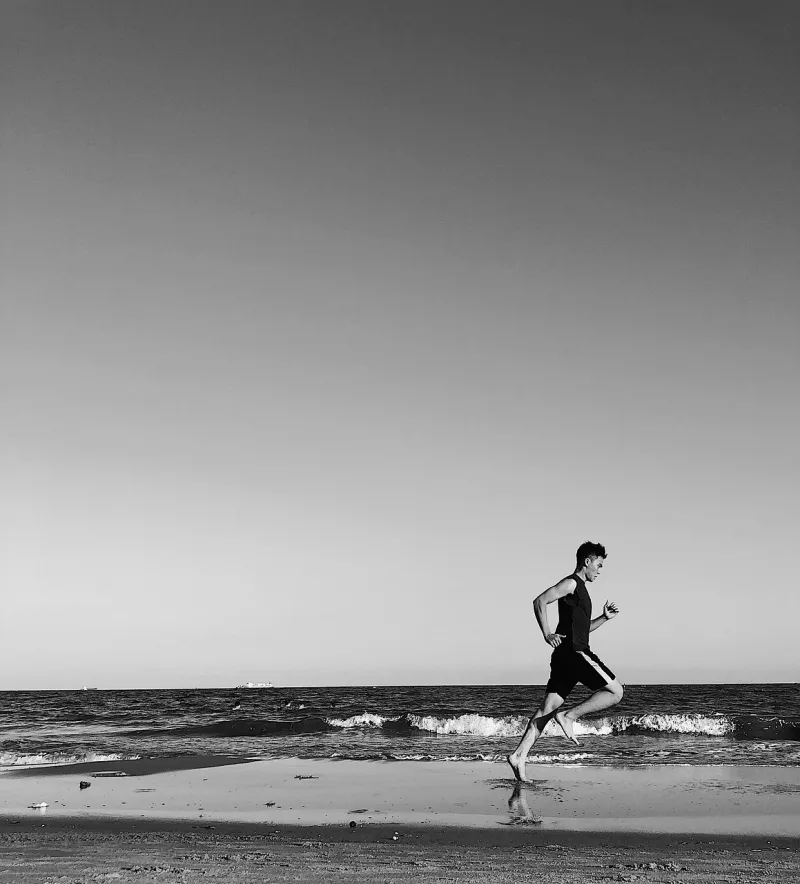
Top Brands
There are several reputable brands that offer high-quality minimalist shoes.
Some of the top brands include:
- Vibram: Known for their FiveFingers shoes, Vibram offers a wide range of minimalist footwear for various activities.
- Xero Shoes: Xero Shoes specializes in barefoot-inspired sandals, sneakers, and hiking shoes designed for maximum performance.
- Merrell: Merrell has a solid reputation for producing durable and comfortable minimalist shoes for hiking and everyday wear.
- Vivobarefoot: Vivobarefoot is dedicated to creating footwear that allows your feet to move and function as they would naturally.
- Altra: Altra is a popular choice for zero-drop running shoes that provide the benefits of minimalist footwear with added cushioning.
Care Instructions
To ensure your barefoot shoes last as long as possible, follow these care tips:
- Air them out: After wearing your shoes, remove the insoles and allow them to air out. This will prevent odor and moisture buildup.
- Clean regularly: Wipe down your shoes with a damp cloth to remove dirt and debris, and let them air dry completely before wearing them again.
- Avoid extreme temperatures: Keep your shoes out of direct sunlight and away from heat sources to prevent damage to the materials.
- Store properly: When not in use, store your shoes in a cool, dry place away from moisture and sunlight. This will maintain their shape and integrity.
Common misconceptions
While they offer many benefits, there are some common misconceptions about this type of footwear. Here are a few myths debunked:
- Minimalist shoes are only for running: While they are popular among runners, they can be worn for a variety of activities, including walking, hiking, and everyday wear.
- Minimalist shoes are not supportive: While they may not have the same level of cushioning as traditional shoes, they can provide adequate support for many people. Especially those with strong foot muscles.
- Minimalist shoes are uncomfortable: Like any new footwear, they may take some time to get used to, but they can be comfortable and enjoyable to wear once broken in.
FAQs
1. Are minimalist shoes good for your feet?
Yes, they can be good for your feet as they encourage natural foot movement and strengthen the muscles in your feet and lower legs.
2. Can I wear minimalist shoes every day?
Yes, you can wear them every day, but it’s essential to listen to your body and gradually increase the time you spend wearing them to allow your feet to adjust.
3. Are minimalist shoes suitable for people with flat feet?
They can be suitable for people with flat feet, but it’s essential to choose a pair that provides enough support and stability for your foot type.
4. How long does it take to transition to minimalist shoes?
The time it takes to transition to barefoot shoes can vary depending on your individual needs and foot strength, but it’s recommended to start slowly and gradually increase the time spent wearing them.
5. Can minimalist shoes help improve my running form?
Yes, they can help improve your running form by promoting a more natural foot strike and gait, which can lead to better biomechanics and reduced risk of injuries.
6. Are there any risks associated with wearing minimalist shoes?
While these shoes can offer many benefits, there are some risks, such as overuse injuries if you transition too quickly or have existing foot issues.
It’s essential to listen to your body and seek professional advice if needed.
Conclusion
In conclusion, minimalist shoes offer a unique way to experience the world on foot.
From improving foot strength and balance to promoting a more natural gait, these shoes can have a positive impact on your overall foot health and well-being.
Whether you’re a seasoned runner or someone looking to explore the benefits of minimalist footwear, there’s a pair of kicks out there for you.
So, lace up your minimalist kicks and step into a world of comfort, support, and freedom. The ultimate guide to minimalist shoes: everything you need to know.
